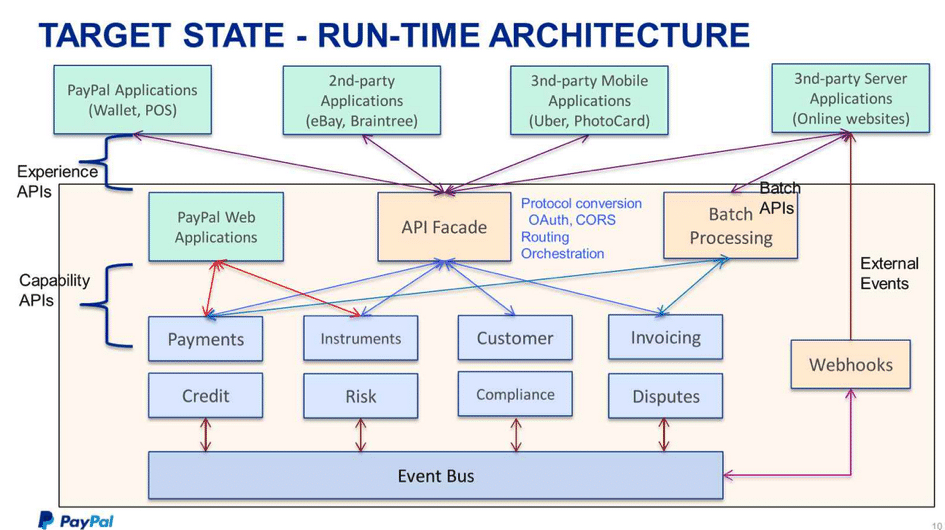Britain?s Environment Agency has produced an update to the ESOS guidelines previously published by the Department of Energy and Climate Change. Fortunately for businesses much of it has remained the same. Hence it is only necessary to highlight the changes here.
- Participants in joint ventures without a clear majority must assess themselves individually against criteria for participation, and run their own ESOS programs if they comply.
- If a party supplying energy to assets held in trust qualifies for ESOS then these assets must be included in its program.
- Total energy consumption applies only to assets held on both the 31 December 2014 and 5 December 2015 peg points. This is relevant to the construction industry where sites may exchange hands between the two dates. The definition of ?held? includes borrowed, leased, rented and used.
- Energy consumption while travelling by plane or ship is only relevant if either (or both) start and end-points are in the UK. Foreign travel may be voluntarily included at company discretion. The guidelines are silent regarding double counting when travelling to fellow EU states.
- The choice of sites to sample is at the discretion of the company and lead assessor. The findings of these audits must be applied across the board, and ?robust explanations? provided in the evidence pack for selection of specific sites. This is a departure from traditional emphasis on random.
The Environment Agency has provided the following checklist of what to keep in the evidence pack
- Contact details of participating and responsible undertakings
- Details of directors or equivalents who reviewed the assessment
- Written confirmation of this by these persons
- Contact details of lead assessor and the register they appear on
- Written confirmation by the assessor they signed the ESOS off
- Calculation of total energy consumption
- List of identified areas of significant consumption
- Details of audits and methodologies used
- Details of energy saving opportunities identified
- Details of methods used to address these opportunities / certificates
- Contracts covering aggregation or release of group members
- If less than twelve months of data used why this was so
- Justification for using this lesser time frame
- Reasons for including unverifiable data in assessments
- Methodology used for arriving at estimates applied
- If applicable, why the lead assessor overlooked a consumption profile
Check out: Ecovaro ? energy data analytics specialist
